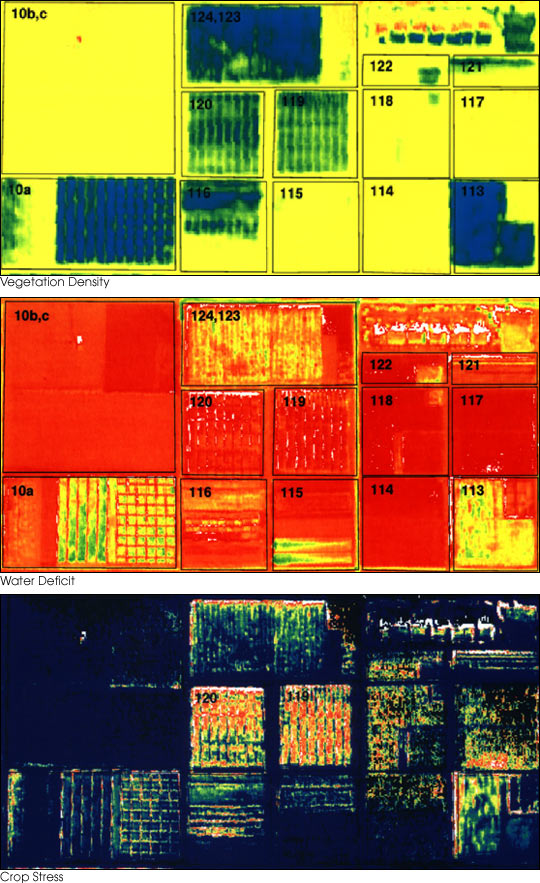Shivani Kuckreja
____________________________________
As soon as my feet slipped off the mossy rocks and into the cold water, I could feel the contagious energy of dozens of small sea turtles bouncing off of my legs and hips and circling around me as we all shared a spot under Hawaii’s afternoon sun. With every oncoming wave, I caught a glimpse of hundreds of shells just under the surface of the water. There were greens and greys and hints of blue; small heads and large heads bobbing under the water while the waves crashed around us. As I swam alongside the turtles, it struck me that these creatures may not be around for much longer. Almost 8,000 miles away, at Paris’ COP21 Climate Change Summit, the fate of sea turtles is being sealed.
Beginning on Monday, November 30th, over 150 world leaders and 4,000 delegates joined in Paris to discuss the solutions to global climate change and the future of our planet. “Never have the stakes been so high,” French President Francois Hollande declared.
Most associate climate change with the atmosphere and land. Few, however, truly grasp the threats that climate change poses to our oceans and their inhabitants. Since 1800, our oceans have absorbed one-third of the carbon dioxide produced by humans and one-half of fossil fuel-related carbon dioxide emissions. That is why Paris’ COP21 Climate Change Summit comes at an important point in our understanding of climate change and its implications. As climate change continues, oceanic carbon dioxide rates will continue to increase, making our oceans more acidic and less habitable for aquatic-based wildlife.
The leaders at the Summit, however, do realize that climate change affects more than just our atmosphere and our land, and they are concerned about the impacts of climate change on our oceans. On December 4th, they convened to outline and achieve four major objectives related to climate and our oceans:
- Highlight major climate and oceanic issues and their implications for humans and ecosystems
- Develop far-reaching solutions related to the problems we are facing in our oceans
- Share these solutions globally
- Collaborate to develop a five-year strategic plan to guide climate-related and ocean-related policy and action
Since the mid-1750s, oceans have become 30% more acidic. Between 1980 and 2015, our world’s oceanic carbon dioxide has risen from about 300 units of partial pressure to 400 units of partial pressure, increasing acidity by 0.10 pH units. Although a 0.10 change in acidity may seem small, this change that has occurred in just 35 years used to take up to 10,000 years to occur. In the coming years, we expect increases in oceanic acidity to occur faster than ever before.
By 2100, oceans are expected to increase in acidity by 0.30 pH units. Such a dramatic increase would drastically alter the composition of aquatic life. Coral reefs are expected to fall apart at such high acidity, leaving many ocean inhabitants, such as fish and sea turtles, without homes and sources of food. Furthermore, many creatures will not be able to breathe in such acidic waters. With more carbon dioxide in our waters, carbonate ions—those used to create the shells of clams, crabs, and lobsters, among other creatures—will decrease, leaving shelled species vulnerable to predators, and disrupting oceanic ecosystems as a result.
With these types of changes expected, oceanic ecosystems will be altered beyond repair. That is why it is important now, more than ever before, that our world leaders agree to address climate change and the suffering of aquatic inhabitants, from the coral reefs on the ocean’s floor to the sea turtles grazing the water’s surface. While each country has limited resources and unique needs, all of those present at the Summit must agree on the importance of decreasing our global dependence on fossil fuels. By forging agreements that cut back on fossil fuels, COP21 leaders can help decrease the rate of ocean acidification, and can help save the sea turtles that glide through our oceans without a voice.










